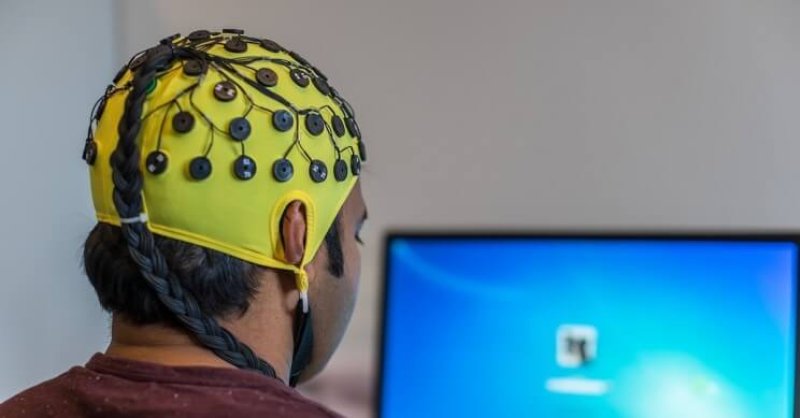In a new study, technology replaces language as a means of communicating by directly linking the activity of human brains. Electrical activity from the brains of a pair of human subjects was transmitted to the brain of a third individual in the form of magnetic signals, which conveyed an instruction to perform a task in a particular manner. This study opens the door to extraordinary new means of human collaboration while, at the same time, blurring fundamental notions about individual identity and autonomy in disconcerting ways.
…
Three individuals sitting in separate rooms collaborated to correctly orient a block so that it could fill a gap between other blocks in a video game. Two individuals who acted as “senders” could see the gap and knew whether the block needed to be rotated to fit. The third individual, who served as the “receiver,” was blinded to the correct answer and needed to rely on the instructions sent by the senders.
…
Overall, five groups of individuals were tested using this network, called the “BrainNet,” and, on average, they achieved greater than 80 percent accuracy in completing the task.
Read full, original post: Scientists Demonstrate Direct Brain-to-Brain Communication in Humans































